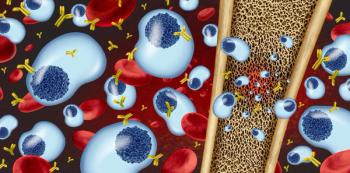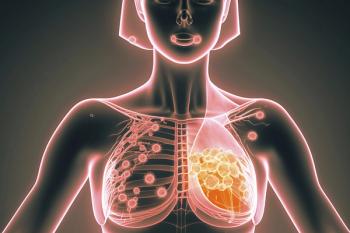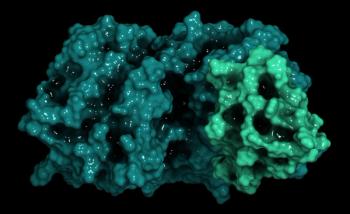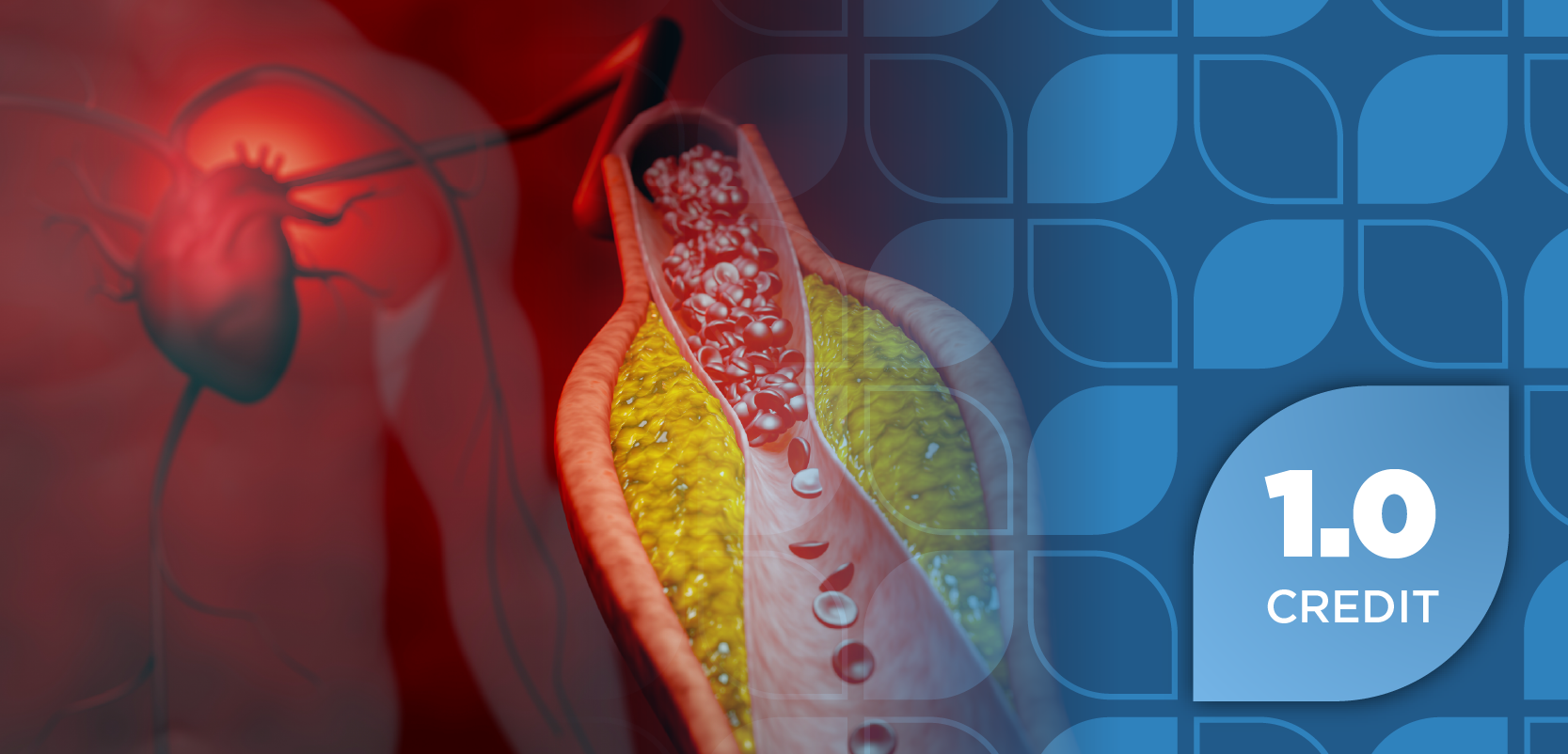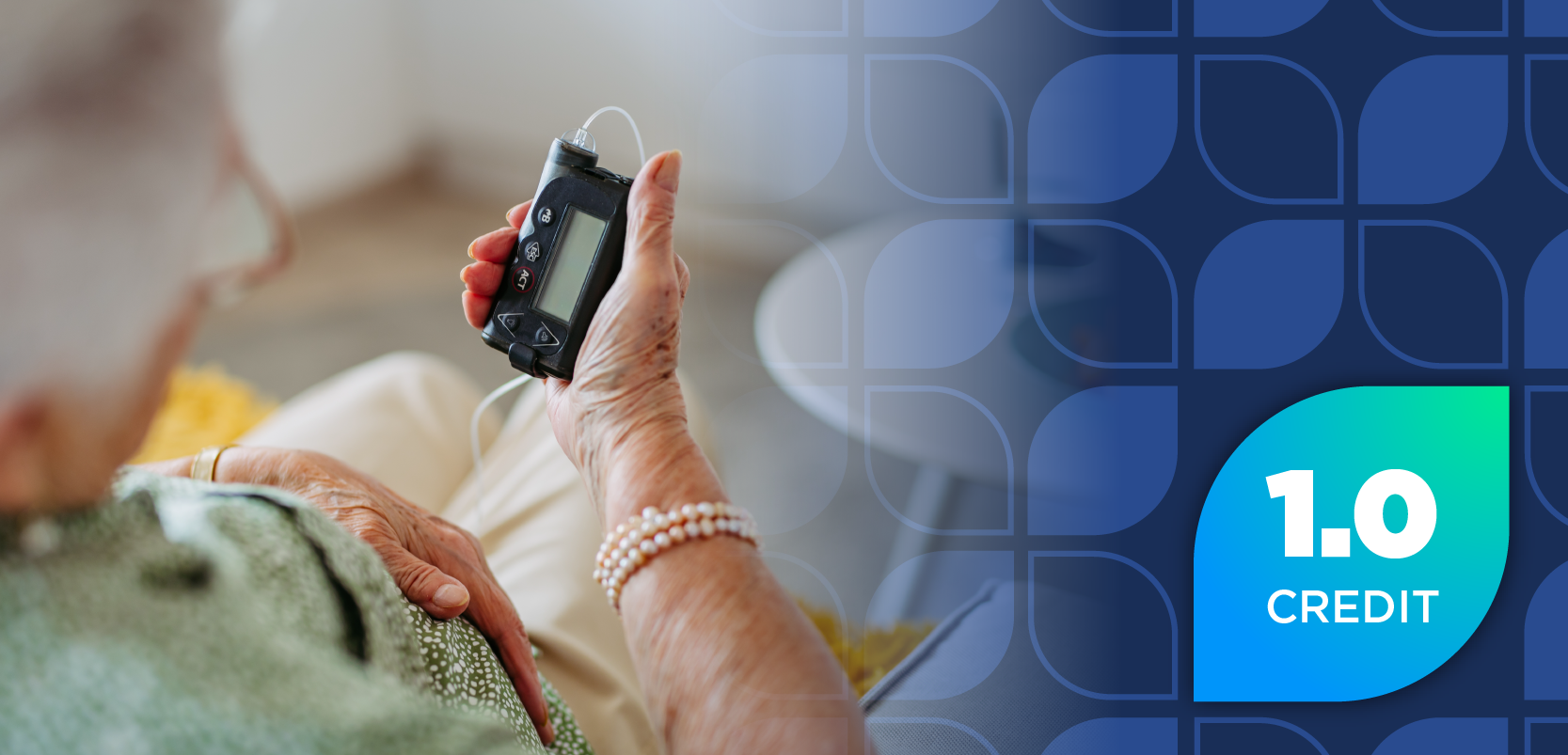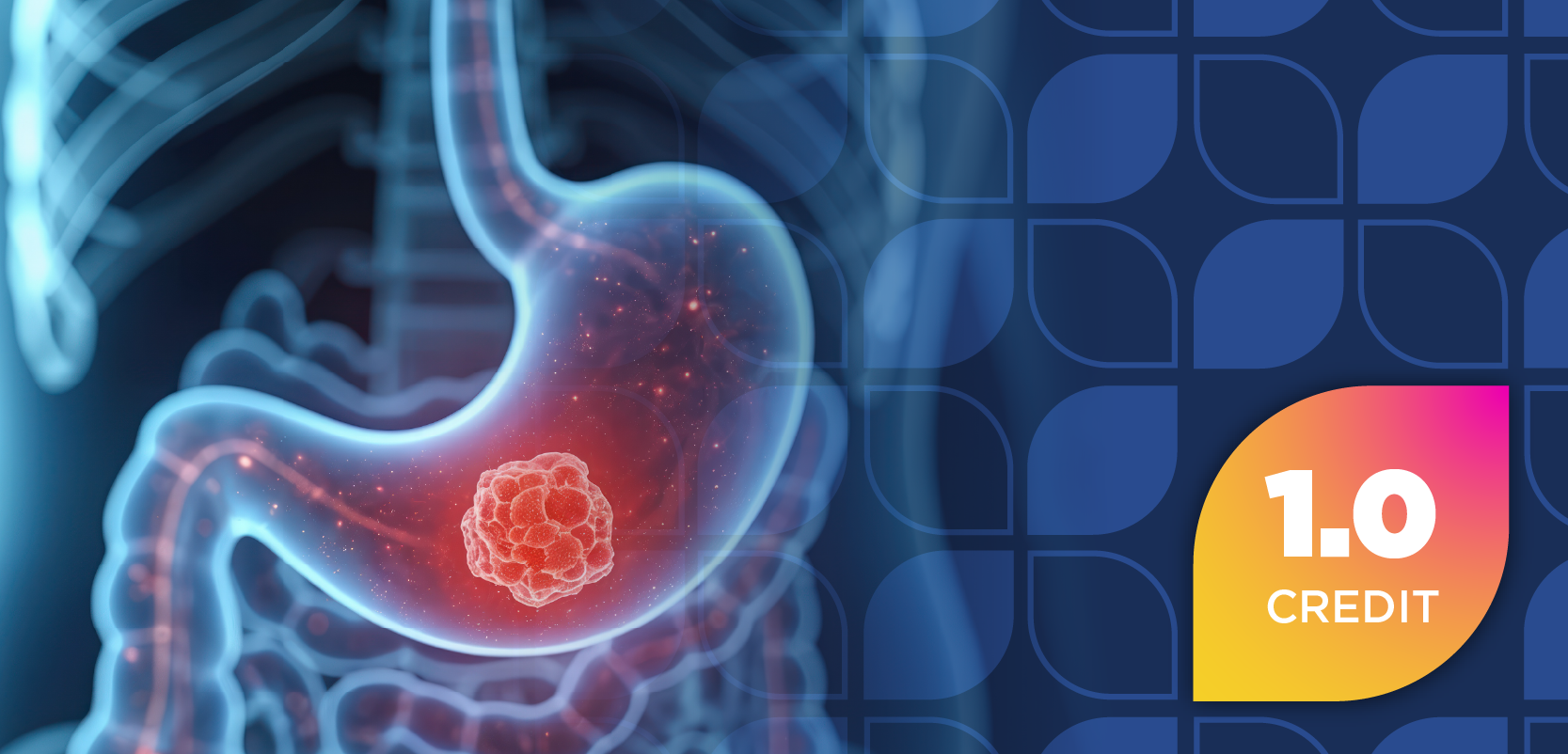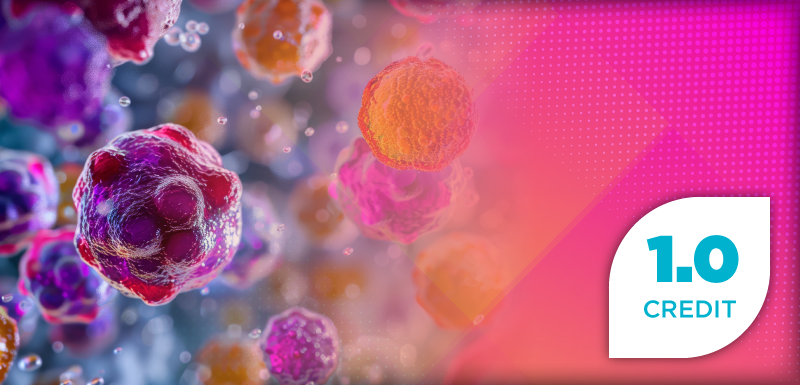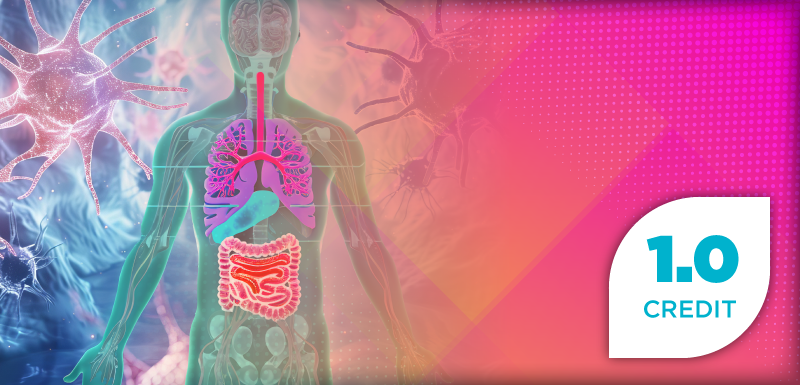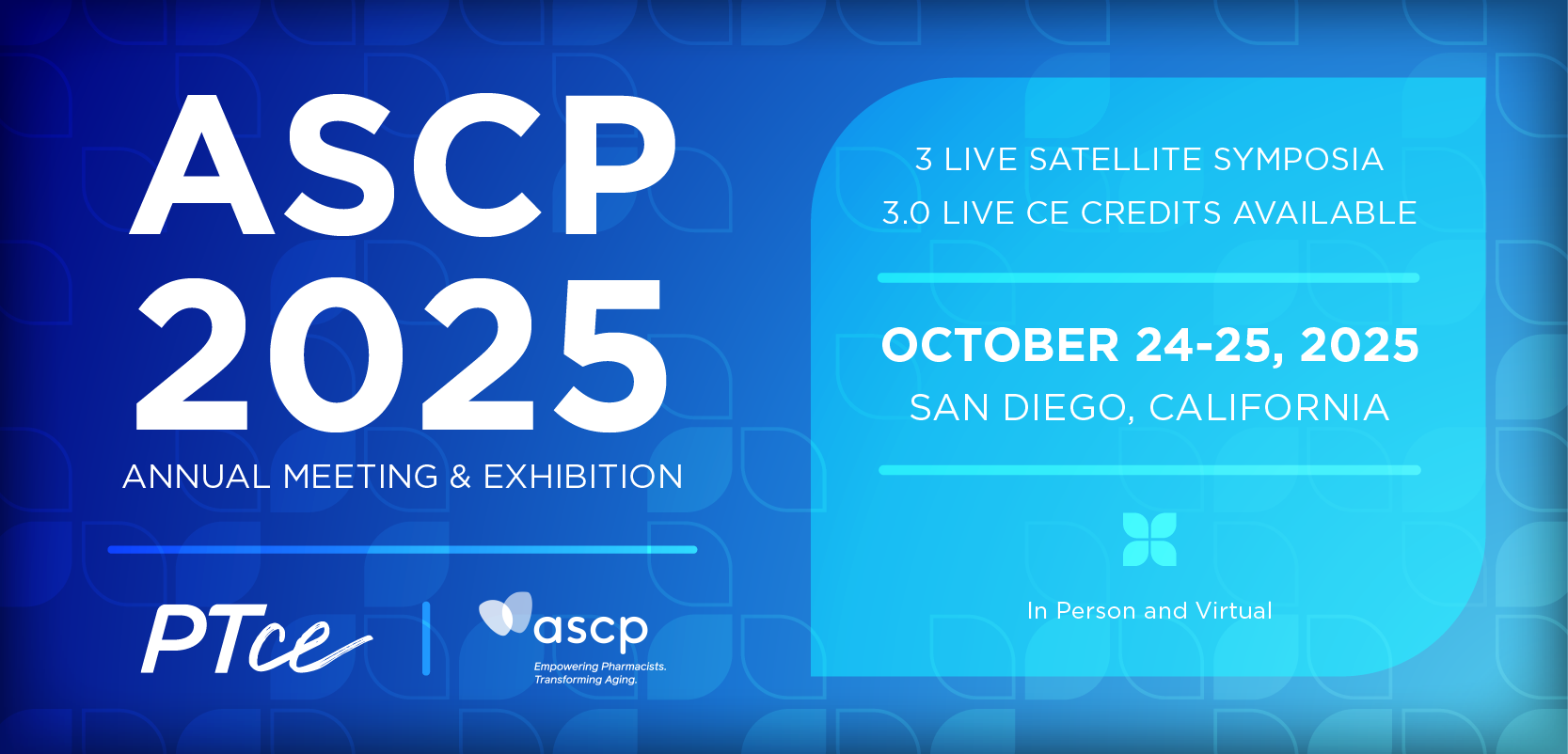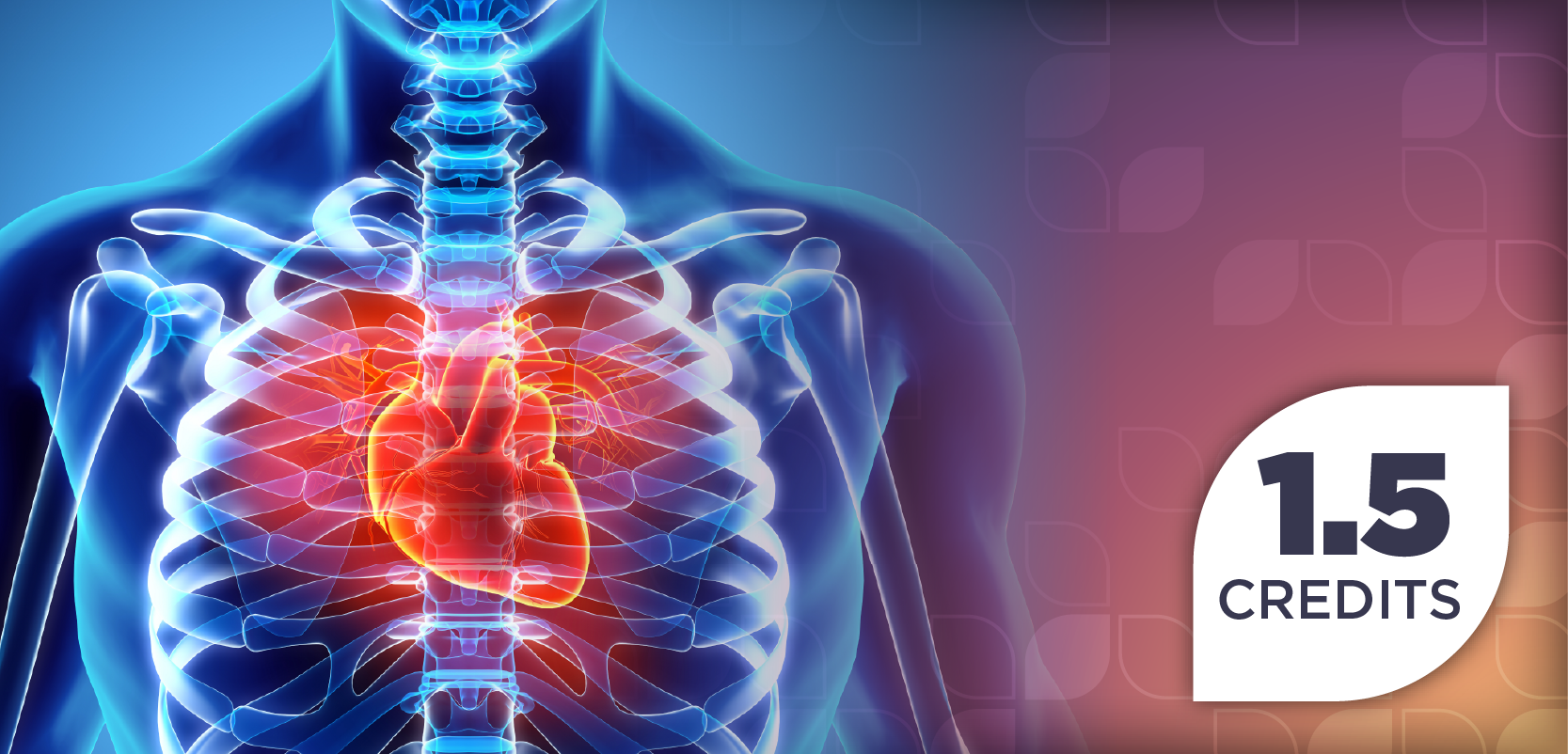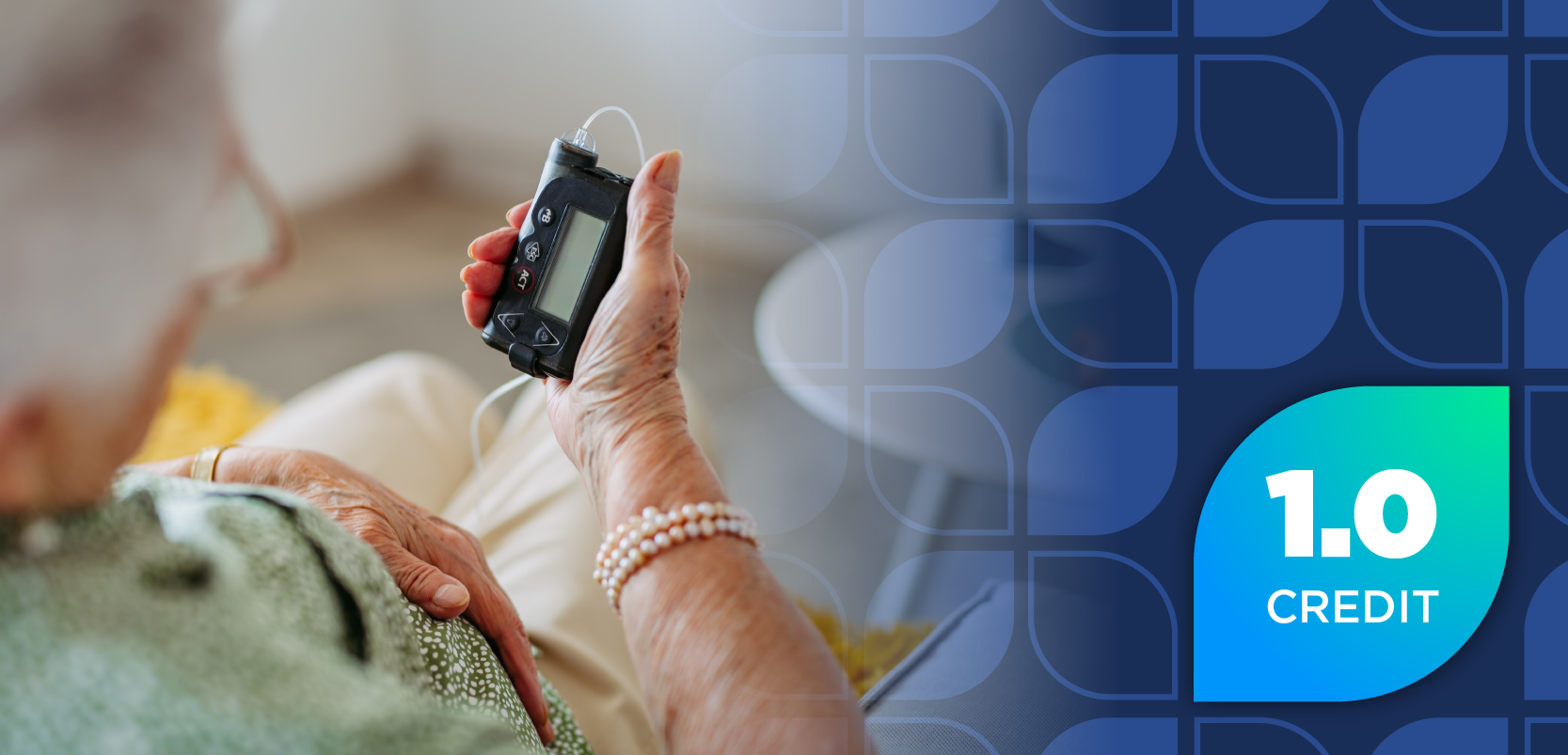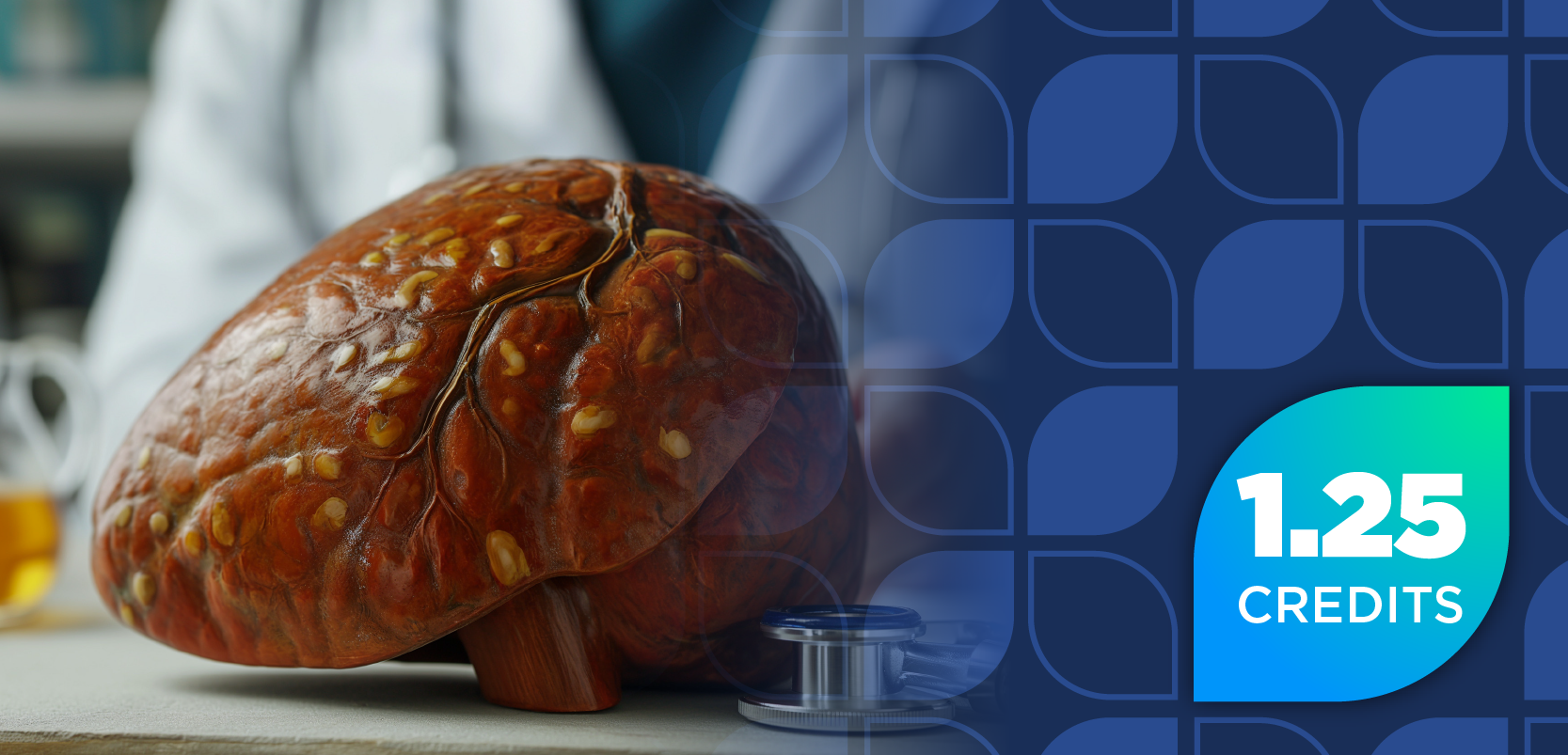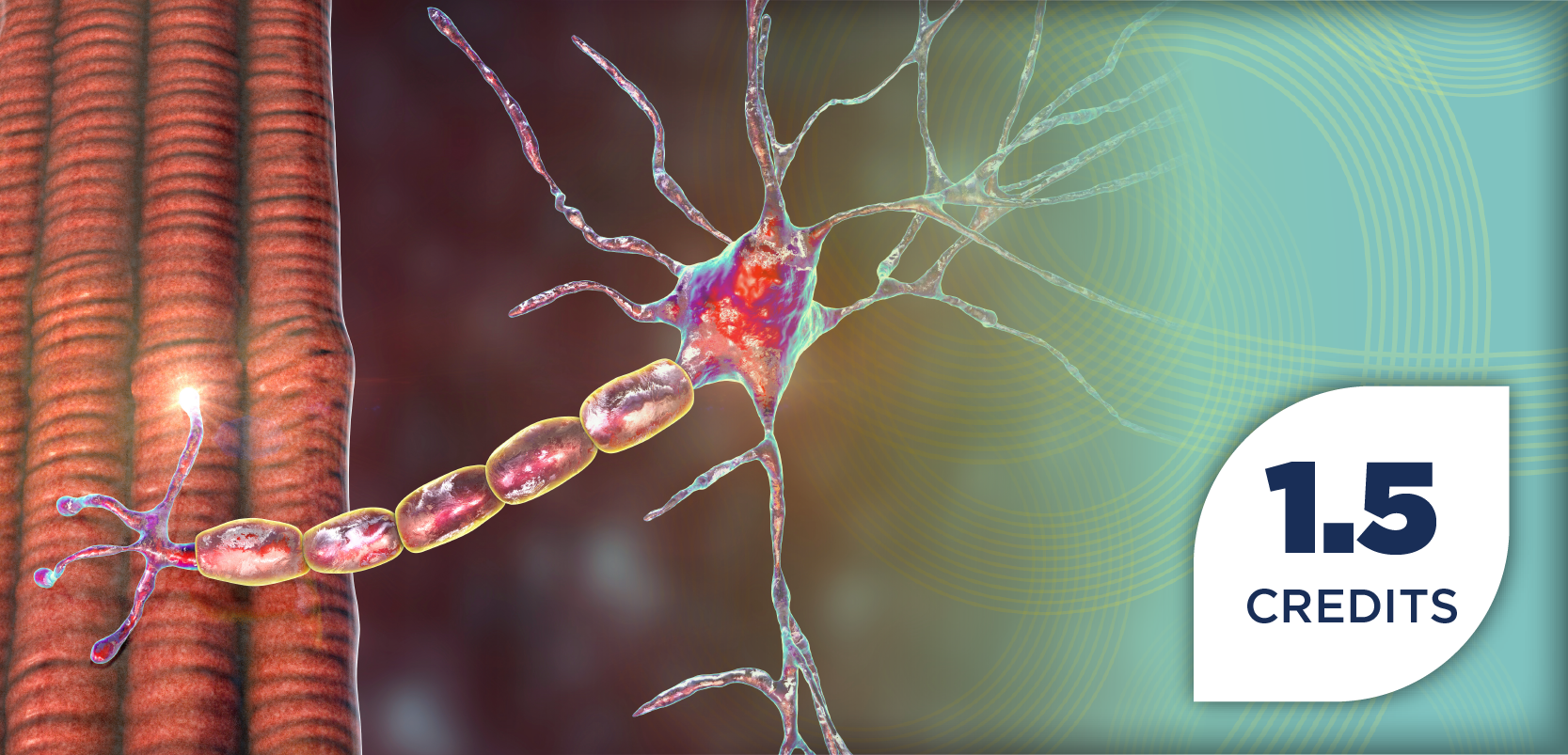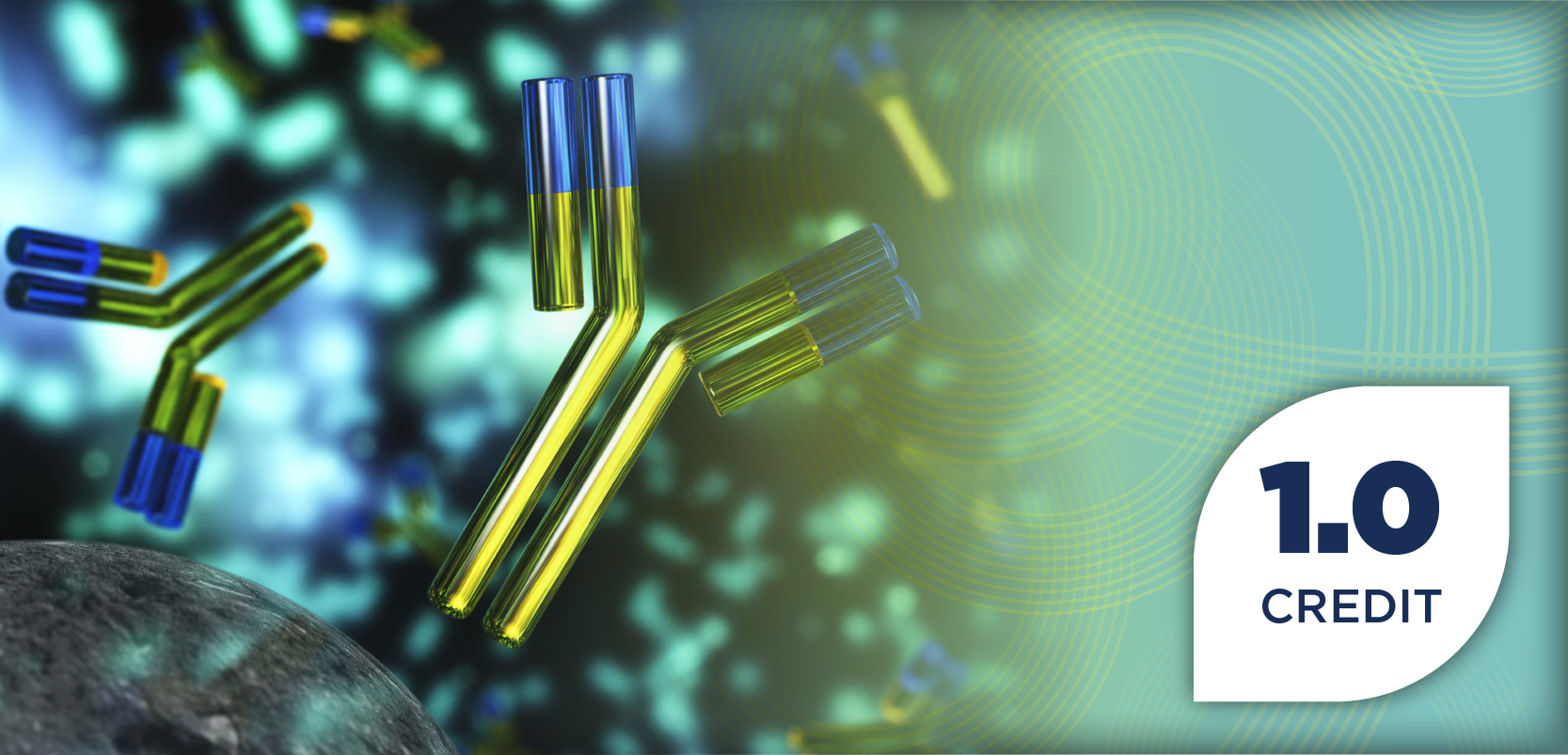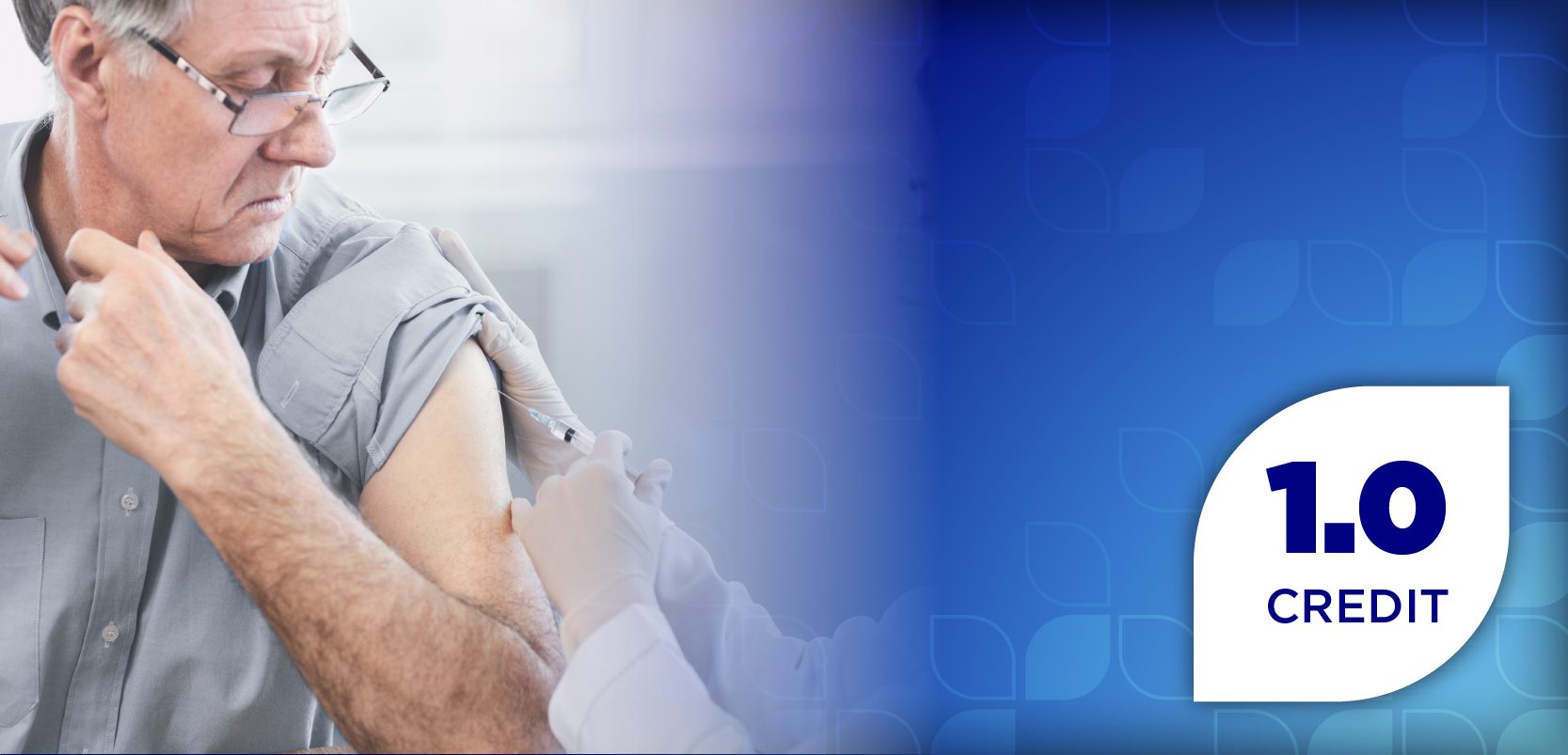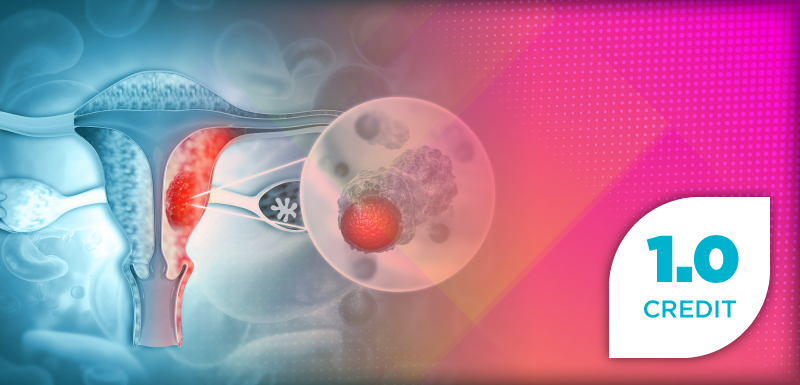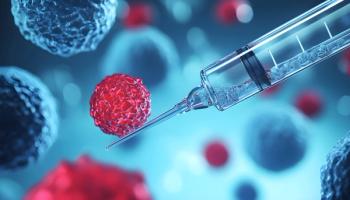
A Novel Agent, Incretin Mimetics, and Potential Pharmacologicals for the Management of MASH
Metabolic dysfunction–associated steatotic liver disease (MASLD) is characterized by fatty liver, confirmed by imaging.1 Although alcohol consumption is excluded in classifying this disorder, metabolic dysfunction is a distinct characteristic. Metabolic dysfunction–associated steatohepatitis (MASH) represents the most progressive form of MASLD.1 MASH has a prevalence of 1% to 6% in the US and is expected to rise due to comorbidities, including type 2 diabetes and cardiovascular disease.1,2
Pathophysiology
The pathophysiology of MASH is attributed to an increase in hepatic de novo lipogenesis (DNL), which occurs through 2 biochemical mechanisms3,4:
- The gastrointestinal tract can contribute to enhanced hepatic DNL synthesis. Metabolites such as glucose, fructose, amino acids, acetate, lactate, fatty acids, triglycerides, and cholesterol all share the common intermediate acetyl-CoA. This is a substrate for acetyl-CoA carboxylase, which generates malonyl-CoA and commits it to the DNL pathway. Therefore, increased levels of hepatic acetyl-CoA result in lipid accumulation within hepatocytes, leading to steatosis.
- Insulin resistance, observed in diabetic patients, is another mechanism by which DNL is increased. Here, insulin-resistant adipocytes release acetyl-CoA to the liver. The liver then absorbs acetyl-CoA and commits to the DNL pathway. Furthermore, insulin resistance results in decreased glucose uptake in the liver, leading to elevated serum glucose levels and increased DNL.
In both mechanisms, there is increased mitochondrial capacity by the electron transport chain (ETC). When the ETC becomes overloaded, reactive oxygen species (ROS) accumulate in the mitochondria and lead to inflammation.4 ROS then triggers inflammation and activation of Kupffer cells and recruitment of immune cells that secrete proinflammatory cytokines (TNF-alpha, IL-6, IL-1β), leading to steatohepatitis.
Further complications of MASH include hepatic fibrosis, which is due to the release of TGF-β by hepatic stellate cells (HSCs). Later, severe complications, including cirrhosis and hepatocellular carcinoma, can occur. It should be noted that MASH was formerly known as nonalcoholic steatohepatitis.1
Management
Lifestyle modifications are paramount to MASH treatment, as they address the metabolic comorbidities that exacerbate this condition.4
Resmetirom (Rezdiffra; Madrigal) received FDA approval as the first MASH pharmacotherapy in early 2024. This drug is an oral hepatic-targeted thyroid hormone receptor β agonist for moderate to advanced disease (consistent with stages F2 to F3 fibrosis). Activation of these beta receptors reduces circulating lipids, while increasing bile acid synthesis and fatty acid oxidation. Taken together, there is potential for lowering the cardiovascular risks prevalent in MASH patients.5,6 Resmetirom is associated with mild to moderate gastrointestinal adverse events.7 Although hepatotoxicity and gallbladder-related adverse reactions, including cholelithiasis, acute cholestasis, and obstructive pancreatitis due to gallstones, are less likely to occur, symptoms should be promptly reported by the patient to the prescriber.8 Resmetirom undergoes hepatic metabolism by the cytochrome P450 enzyme, CYP 2C8. Therefore, patients using inhibitors of this isoenzyme such as repaglinide, clopidogrel, and HMG-CoA reductase inhibitors should be managed with other drugs that do not depend on CYP 2C8 for metabolism, or a dosage adjustment of resmetirom should be considered (reduce dosage to 80 mg daily).9 The standard dosage for patients greater than 100 kg is 100 mg daily.10
For adults with biopsy-proven MASH and type 2 diabetes, drug therapies for glycemic control, mainly a glucagon-like peptide 1 receptor agonist (GLP-1 RA), a dual GLP-1 RA with GLP-1/glucose-dependent insulinotropic polypeptide (GIP), or the thiazolidinedione pioglitazone (Actos; Takeda), should be included.3,11
Semaglutide (Ozempic, Wegovy; Novo Nordisk) is a GLP-1 RA that enhances insulin release from the pancreatic β cells while inhibiting glucagon.12 Insulin stimulates adipocytes to increase glucose and fatty acid uptake, reducing lipolysis and hepatic DNL. Insulin is also involved in liver glycogen synthesis and reduced gluconeogenesis, further decreasing hepatic DNL. Because GLP-1 receptors are found in the hypothalamus and the hindbrain, their activation leads to decreased appetite, which helps with the obesity often characteristic of MASH.12 In patients with MASH and moderate or advanced hepatic fibrosis, semaglutide administered subcutaneously at a dose of 2.4 mg weekly improved liver histologic results.13 The adverse effects of GLP-1 RAs are mainly gastrointestinal related, with pancreatitis, gastroparesis, and renal impairment being among the most severe. Tirzepatide (Mounjaro, Zepbound; Lilly) exhibits dual action as a GIP and GLP-1 receptor agonist. The actions and adverse effects of this drug resemble those of semaglutide. Recent studies observed higher rates of MASH resolution and fibrosis improvement when this drug was compared with placebo.14 The appropriate dosage of tirzepatide for this indication requires further evaluation.14
Pioglitazone is a peroxisome proliferator-activated receptor-γ (PPARγ) agonist. The resulting nuclear transcription targets adipose tissue to enhance lipid storage, redistribution, and glucose utilization.15 Pioglitazone also raises plasma adiponectin, which, together with the metabolic benefits mentioned, contributes to reversing steatohepatitis.16 Although pioglitazone can induce dose-dependent weight gain, a GLP-1 RA can be added. Additionally, PPARγ agonists can increase fracture risk and are contraindicated in patients with heart failure. The higher risk of bladder cancer in pioglitazone-treated patients remains unclear.11,17
Future Directions
In several studies, vitamin E was observed to reduce serum markers of hepatic inflammation in patients with MASLD, while improving steatosis, lobular inflammation, and hepatocyte ballooning in patients with MASH.18,19 Further clinical trials should investigate the type of vitamin E, therapeutic dosage, and adverse effects of this fat-soluble antioxidant in managing MASH.18,19
Other potential therapies include fibroblast growth factor 21 (FGF21) analogues such as the investigational drugs efruxifermin (Akero Therapeutics) and pegozafermin (89bio), both of which have met end points in phase 2b clinical trials and are currently in phase 3.20 FGF21 is a hormone synthesized in the liver, observed to regulate metabolism, mainly by reducing insulin resistance, dyslipidemia, and cardiovascular injury.21 For MASH, FGF21 analogues have demonstrated potential to lessen hepatic steatosis, while protecting hepatocytes from oxidative stress.20 This leads to a reduction in liver injury, with indirect amelioration of fibrogenesis.20 Combination therapy of GLP-1 RA (to stimulate insulin release) with FGF21 analogues (to improve insulin sensitivity) revealed additional reductions in hepatic pathophysiology.20
Conclusion
MASH pathogenesis includes an increase in hepatic DNL. Current treatment guidelines include lifestyle modifications and pharmacologic interventions. For patients presenting with MASH and fibrosis (F2-F3), oral resmetirom (100 mg daily for patients weighing greater than 100 kg) may be prescribed. Although this drug is mostly well tolerated, more severe effects such as hepatic and gallbladder-related symptoms should be promptly reported.9,10 In patients with concurrent type 2 diabetes, glycemic control should be addressed. Implementation of a GLP-1 RA or pioglitazone, with a careful evaluation of adverse effects and contraindications, should be considered.
It is expected that approximately 122 million US adults will be diagnosed with MASLD by 2050.22 Therefore, further investigations into potential therapeutics that preserve hepatocellular function and improve liver histology will be necessary to manage this condition, and ultimately, to avoid the increase in hepatocellular carcinoma and necessity for liver transplantation.22
REFERENCES
Alkhouri N, Noureddin M. Management strategies for metabolic dysfunction-associated steatotic liver disease (MASLD). Am J Manag Care. 2024;30(9 Suppl):S159-S174. doi:10.37765/ajmc.2024.89635
Le P, Tatar M, Dasarathy S, et al. Estimated burden of metabolic dysfunction-associated steatotic liver disease in US adults, 2020 to 2050. JAMA Netw Open. 2025;8(1):e2454707. doi:10.1001/jamanetworkopen.2024.54707
Steinberg GR, Valvano CM, De Nardo W, Watt MJ. Integrative metabolism in MASLD and MASH: pathophysiology and emerging mechanisms. J Hepatol. 2025;83(2):584-595. doi:10.1016/j.jhep.2025.02.033
Lin B, Wu T, Nasb M, Li Z, Chen N. Regular exercise alleviates metabolic dysfunction-associated steatohepatitis through rescuing mitochondrial oxidative stress and dysfunction in liver. Free Rad Biol Med. 2025;230:163-176. doi:10.1016/j.freeradbiomed.2025.02.017
Kannt A, Wohlfart P, Madsen AN, Veidal SS, Feigh M, Schmoll D. Activation of thyroid hormone receptor-β improved disease activity and metabolism independent of body weight in a mouse model of non-alcoholic steatohepatitis and fibrosis. Br J Pharmacol. 2021;178(12):2412-2423. doi:10.1111.bph.15427
Petta S, Targher G, Romeo S, et al. The first MASH drug therapy on the horizon: current perspectives of resmetirom. Liver Int. 2024;44(7):1526-1536. doi:10.1111/liv.15930
Beninger P. Remetirom. Clin Ther. 2024;46(6):515-516. doi:10.1016/j.clinthera.2024.05.006
Harrison SA, Bedossa P, Guy CD, et al. A phase 3, randomized, controlled trial of resmetirom in NASH with liver fibrosis. N Engl J Med. 2024;390:497-509. doi:10.1056/NEJMoa23099000
Zhou XD, Liu WY, Targher G, Byrne CD, Zheng MH. Letter: drug interaction in resmetirom times. Alim Pharmacol Thera. 2024;60(4):533-534. doi:10.1111/apt.10862
Assssment of resmetirom efficacy (80 mg vs 100 mg) stratified by baseline body mass index and weight in patients from the MAESTRO-NASH trial. Gastroenterol Hepatol (NY). 2024;20(12 Suppl):12-13.
American Diabetes Association Professional Practice Committee. 4. Comprehensive medical evaluation and assessment of comorbidities: standards of care in diabetes–2025. Diabetes Care. 2025;48(1 Suppl 1):S59-S85. doi:10.2337/dc25-S004
Yabut JM, Drucker DJ. Glucagon-like peptide-1 receptor-based therapeutics for metabolic liver disease. Endocr Rev. 2023;44(1):14-32. doi:10.1210/endrev.bnac018
Sanyal AJ, Newsome PN, Kliers I, et al. Phase 3 trial of semaglutide in metabolic dysfunction-associated steatohepatitis. N Engl J Med. 2025;392(21):2089-2099. doi:10.1056/NEJMoa2413258
Loomba R, Hartman ML, Lawitz EJ, et al. Tirzepatide for metabolic dysfunction-associated steatohepatitis with liver fibrosis. N Engl J Med. 2024;391(4):299-310. doi:10.1056/NEJMoa2401943
Alexopoulos AS, Parish A, Olsen M, Batch BC, Moylan C, Crowley MJ. Prescribing of evidence-based diabetes pharmacotherapy in patients with metabolic dysfunction-associated steatohepatitis. BMJ Open Diabetes Res Care. 2023;11(6):e003763. doi:10.1136/bmjdrc-2023-003763
Gastaldelli A, Sabatini S, Carli F, et al. PPAR-γ–induced changes in visceral fat and adiponectin levels are associated with improvement of steatohepatitis in patients with NASH. Liver Int. 2021;41(11):2659-2670. doi:10.1111/liv.15005
Lewis JD, Habel LA, Quesenberry CP, et al. Pioglitazone use and risk of bladder cancer and other common cancers in persons with diabetes. JAMA. 2015;314(3):265-277. doi:10.1001/jama.2015.7996
Chee NMZ, Sinnadaidu RP, Chan WK. Vitamin E improves serum markers and histology in adults with metabolic dysfunction-associated steatotic liver disease: systemic review and meta-analysis. J Gastroenterol Hepatol. 2024;39(12):2545-2554. doi:10.1111/jgh.16723
Song Y, Ni W, Zheng M, et al. Vitamin E (300 mg) in the treatment of MASH: a multi-center, randomized, double-blind, placebo-controlled study. Cell Rep Med. 2025;6(2):101939. doi:10.1016/j.xcrm.2025.101939
Harrison SA, Rolph T, Knott M, Dubourg J. FGF21 agonists: an emerging therapeutic for metabolic dysfunction-associated steatohepatitis and beyond. J Hepatol. 2024;81(3):562-576. doi:10.1016/j.jhep.2024.04.034
Geng L, Lam KSL, XU A. The therapeutic potential of FGF21 in metabolic diseases: from bench to clinic. Nature Rev Endocrinol. 2020;16:654-667. doi:10.1038/s41574-020-0386-0
Le P, Tatar M, Dasarathy S, et al. Estimated burden of metabolic dysfunction-associated steatotic liver disease in US adults, 2020 to 2050. JAMA Netw Open. 2025;8(1):e2454707. doi:10.1001/jamanetworkopen.2024.54707
Newsletter
Stay informed on drug updates, treatment guidelines, and pharmacy practice trends—subscribe to Pharmacy Times for weekly clinical insights.


